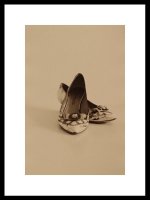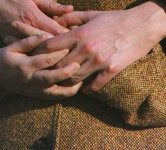Nick De Marco
Well-known
Very interesting reading - I have been considering this dilema too recently. I love leicas and rangefinders generally, in part because of their size and adaptability. On a recent trip abroad I could fit in my camera bag 3 rangefinders with 6 lenses and a large DSLR with 2 lenses. I have invested heavily in Leica and in my canon 5D with its lenses. te latter can produce very good quality prints at large enlargements and at 12.8MP beats 35mm, except its not film.
So I too have been thinking of getting more into medium format just for some stuff now and then. My preference would be for the Rollei 6000 series as their cameras seem so well made, that sries has all the functionality I would want, the lenses are great and even though you can't lug it around like a rangefinder its not much more weight than a DSLR. It is sooo expensive though - especially after I have spent so much on leica - and I doubt I would use it that often. I know I could pick up a Fuji PAS 645 cheap but is it really worth it?
So I too have been thinking of getting more into medium format just for some stuff now and then. My preference would be for the Rollei 6000 series as their cameras seem so well made, that sries has all the functionality I would want, the lenses are great and even though you can't lug it around like a rangefinder its not much more weight than a DSLR. It is sooo expensive though - especially after I have spent so much on leica - and I doubt I would use it that often. I know I could pick up a Fuji PAS 645 cheap but is it really worth it?




